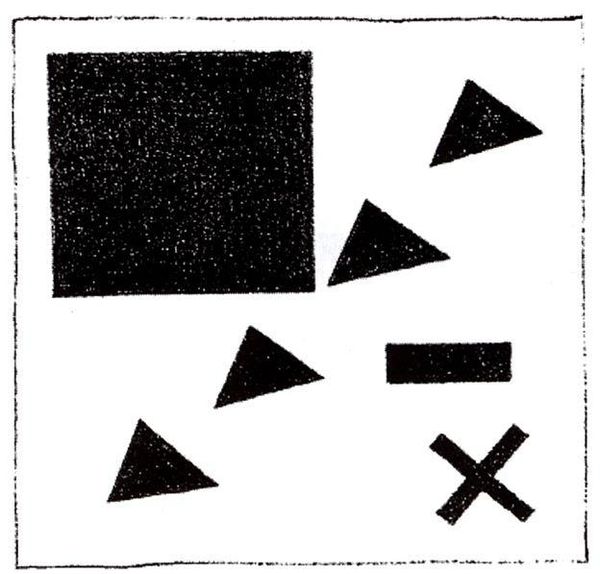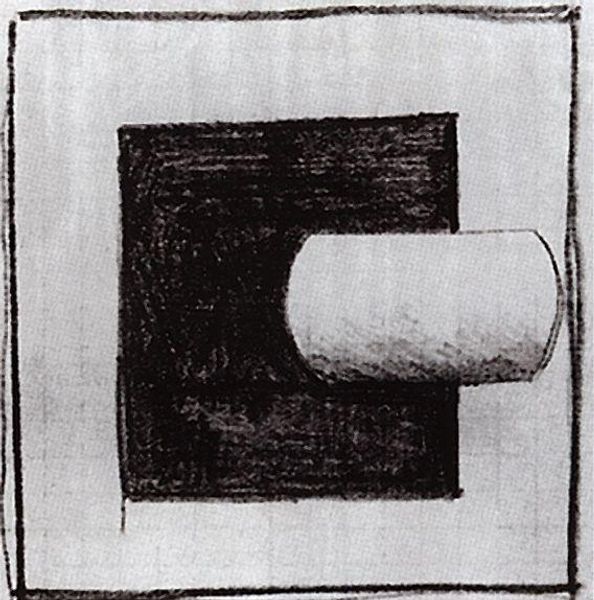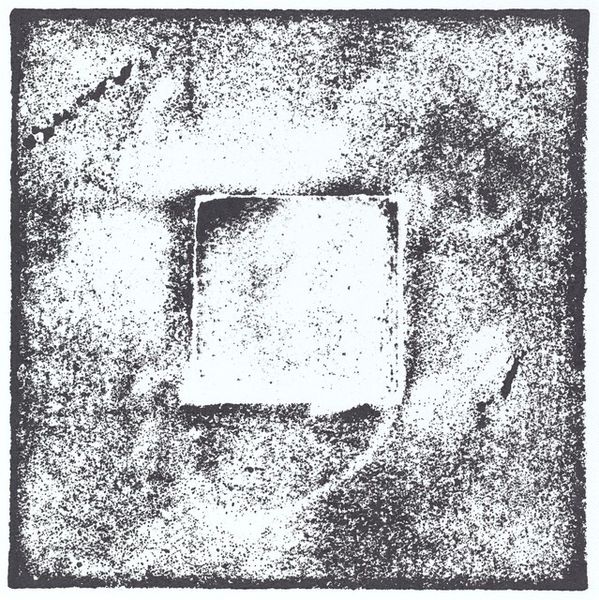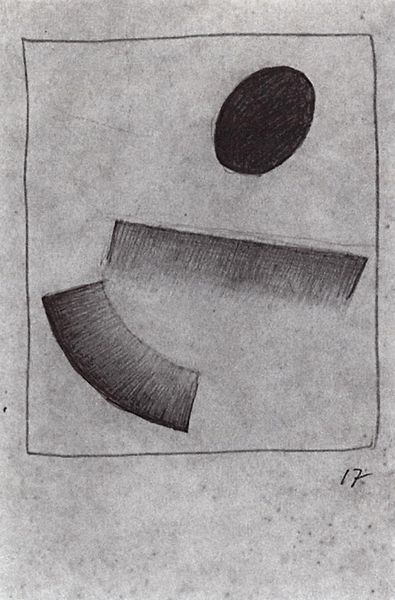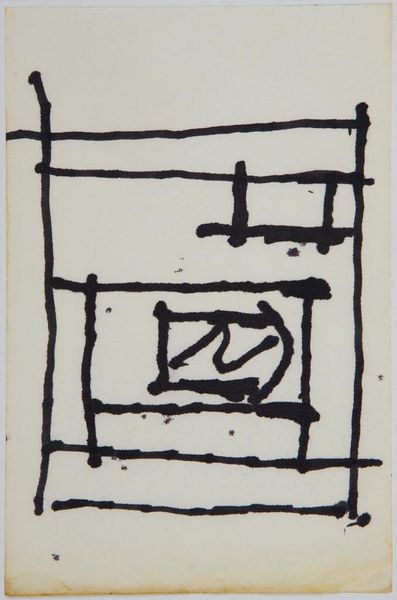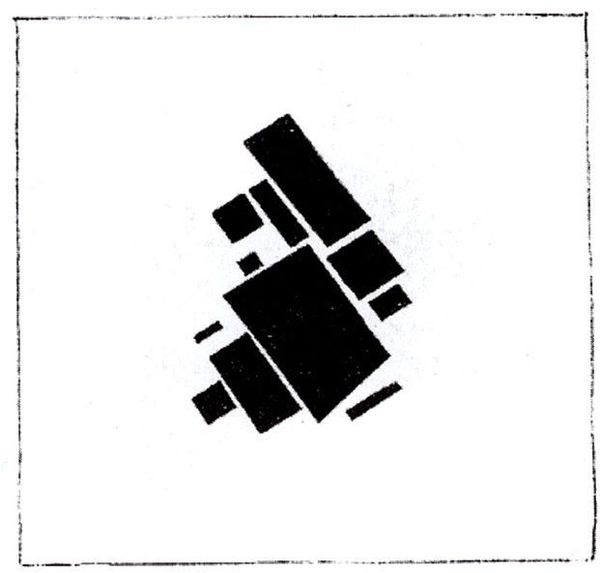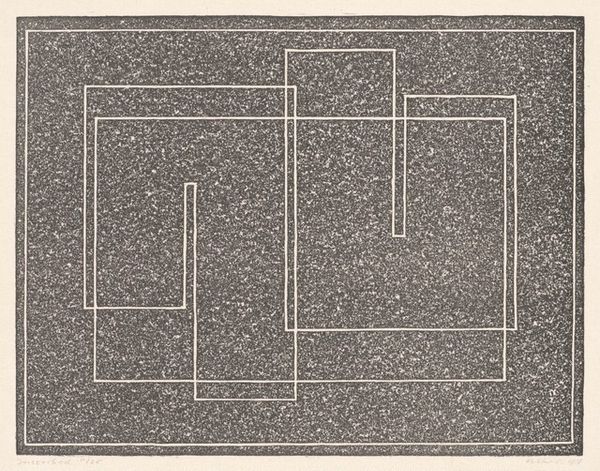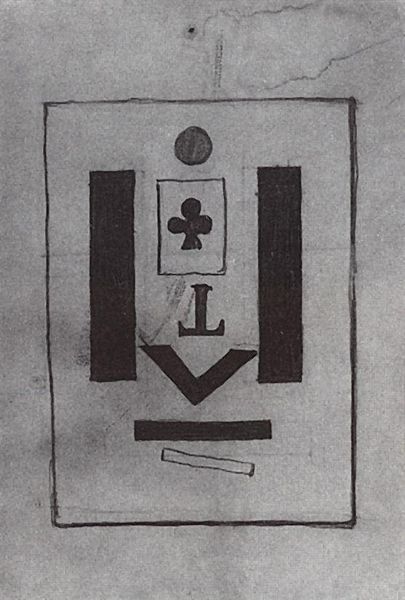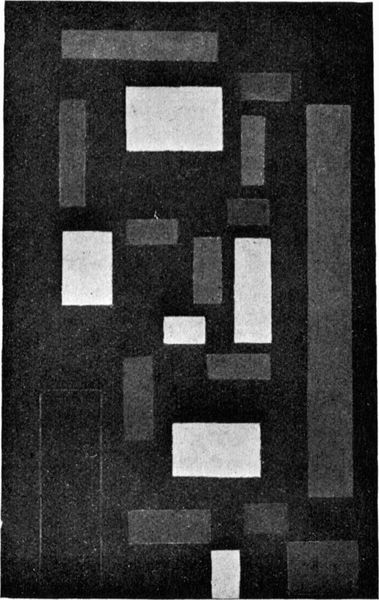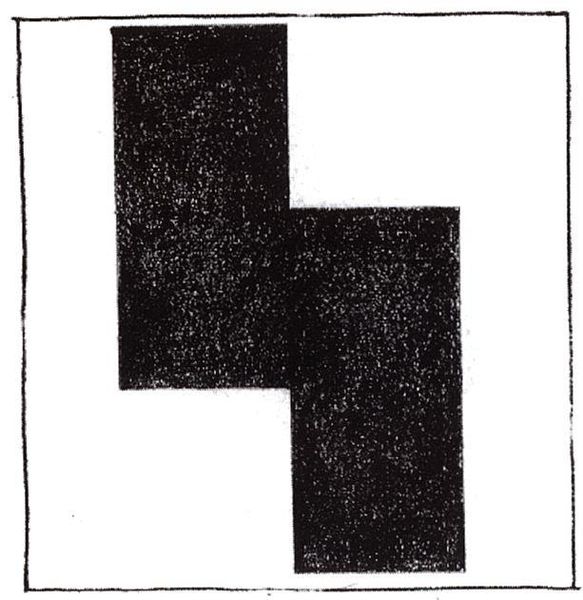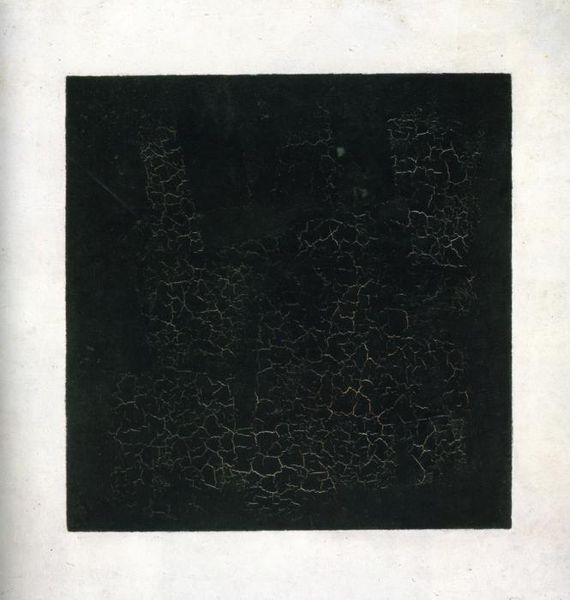
Copyright: Public domain
Curator: So, here we have Kazimir Malevich's "Square, Circle, and Arrow," a drawing from 1915. It’s deceptively simple, isn’t it? Graphite on paper, all hand-drawn, geometric shapes dancing on the page. Editor: Deceptively simple is right! My first thought? It feels like a blueprint for something... but what? There's a strange imbalance, even a little tension, created by these basic shapes and the varying weight of the lines. Curator: Interesting observation. What feels significant to me is its relationship to suprematism, which Malevich pioneered around this time. It was his quest to achieve painting as pure feeling. Editor: Absolutely. And suprematism, with its emphasis on geometric forms, was inherently political. Reducing the world to these essential shapes can be seen as an attempt to democratize art, removing it from the realm of the representational and making it accessible to everyone, a kind of universal visual language, right? It definitely embodies a yearning for radical social transformation. Curator: Exactly! These forms—the square, the circle, the arrow—they become symbols shorn of any prior meaning, liberated in their own pure, painterly essence. I’m thinking, what does the arrow signify here? Direction? Momentum? Or is it a bit of dark humor from Malevich, pointing to the absurdity of reducing life to mere shapes? Editor: Perhaps a direction that needs constant recalibration, given the offset square and the floating dots? Or maybe that direction itself, within existing frameworks is also an illusion. Also, given its moment, remember 1915 was deep in the throes of the First World War. There is, to me, a clear critique of traditional power structures within this "simple" piece. The square, a traditional symbol of stability, is rendered imperfect, destabilized. Curator: I get that, definitely, there’s so much bottled energy here. Malevich used simple lines and form in search of truth and perfection, and yet the drawing retains a vulnerable quality due to its imperfection. It almost feels like a map to an unrealized utopia, scribbled onto a napkin during a particularly lively debate! Editor: An unrealized utopia... I love that! It sums up the entire revolutionary project, doesn't it? Full of potential but also inherently flawed in its execution. It speaks volumes about the limitations and contradictions embedded in any quest for radical change. Curator: Indeed. This drawing really serves as a potent reminder that even the most abstract of forms can be loaded with historical, political, and, dare I say, even spiritual significance. Editor: Yes, the drawing resonates on multiple levels – a personal artistic quest that holds, within its modest lines, a wider reflection on history, purpose, and our shared, perhaps tragically flawed, pursuit of progress.
Comments
No comments
Be the first to comment and join the conversation on the ultimate creative platform.
